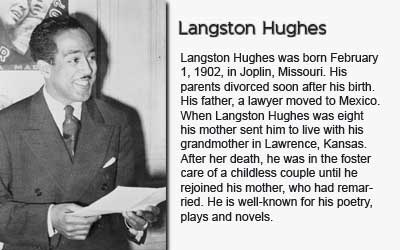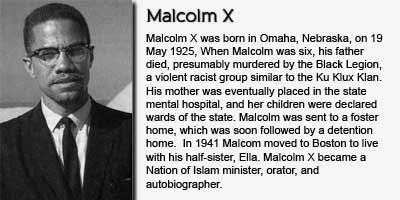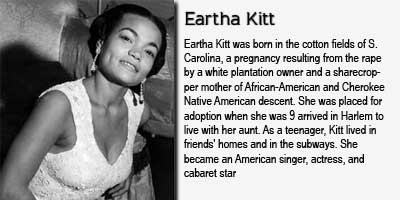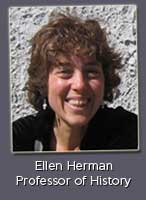To commemorate Black History month, I asked Ellen Herman, Professor of History, at the University of Oregon if we could use the content on her website which outlines the history of African American adoption in the early 2oth century. I have included pictures and short bios of illustrious African American adoptees born during this time as a means of illustration. For more information on African American adoption history and a thorough look at the history of adoption visit Professor Herman’s website at The Adoption History Project or http://darkwing.uoregon.edu/~adoption/index.html
For a good part of the twentieth century, African-American birth parents and children were simply denied adoption services by agencies because of their religion, race, or both. In some states with large African-American populations, such as Florida and Louisiana, not a single African-American child was placed for adoption by an agency for many years running as late as the 1940s. Discriminated against and reluctant to establish racially-exclusive organizations when integration was synonymous with equality, African Americans relied instead on traditions of informal adoption to take care of their own.
 |
 |
By midcentury, estimates were that up to 50,000 African-American children were in need of adoption, but would probably never find permanent homes. The U.S. Children’s Bureau began including race in its reporting system in 1948 and during the 1950s, a number of innovative programs around the country began recruiting non-white parents. From New York to Chicago and Los Angeles to Washington, DC, child welfare professionals and civil rights activists came together to promote culturally sensitive policies, integrate agency staff, and do community outreach. “You don’t have to be a Joe Louis or a Jackie Robinson to adopt children,” declared one encouraging radio spot created by the Citizens’ Committee on Negro Adoptions of Lake County, Indiana.
 |
 |
The National Urban League Foster Care and Adoptions Project, founded in 1953, and Adopt-A-Child, founded in 1955, took big steps toward promoting “Negro” adoption nationally. Adopt-a-Child lasted for five years, received more than 4000 inquiries from around the United States and the Caribbean, and facilitated the placement of more than 800 children before running out of money. Most “Negro” adoption programs were located in cities with significant African-American and immigrant populations. In San Francisco, MARCH (Minority Adoption Recruitment of Children’s Homes) had a large caseload of “Spanish-American,” Chinese, Filipino, Hawaiian, Japanese, Korean, Samoan, and American Indian as well as “Negro” children. Some states with overwhelmingly white populations also initiated projects: The Children’s Home Society of Minnesota launched PAMY (Parents to Adopt Minority Youngsters) and the Boys and Girls Aid Society of Oregon sponsored “Operation Brown Baby.”
Read More on African American Adoption and Famous Adoptees: Placing Your Child for Adoption C’s Story,Post Adoption Education, Adoption and Black History Month, Traditional Agency Adoption, Famous Adoptees, Talking to Your Child about Adoption


